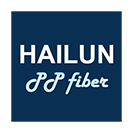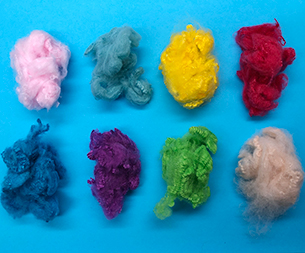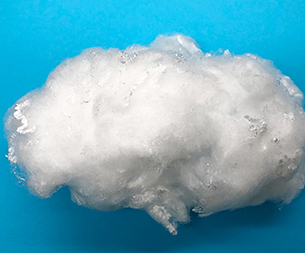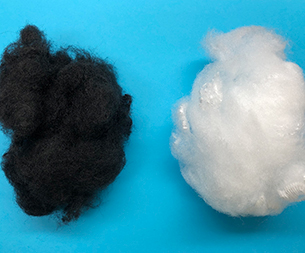Under the tariff challenge, the textile and garment industry has a new opportunity
Although the tariffs imposed by the United States have brought challenges to the textile and garment industry, there are also some opportunities from another perspective.
First of all, fabric production is not a simple thing, it involves environmental protection, labor, supply chain support and many other issues. Although some countries have the will to develop the garment industry, it is difficult to establish a complete fabric production system in the short term. This means that even if these countries increase local clothing production, they still need to import fabrics from abroad.
Taking China Textile City as an example, as one of the important textile industry bases in China, it mainly exports fabrics, and its products have a certain competitiveness in the international market. The textile industry in the Textile city mainly produces semi-finished fabrics, which are further processed into finished garments. After years of development, it has accumulated rich experience in the field of fabric production and formed a relatively complete industrial chain, including raw material procurement, spinning, weaving, dyeing and other links. As an important base for fabric production, its products have certain advantages in quality and price, and are expected to continue to obtain orders from these countries.
Secondly, in the long run, clothing as a necessities of life, its market demand is relatively stable. Even if it is affected by factors such as tariffs in the short term, consumer demand for clothing will not disappear. According to the current tax rate, almost no country has the ability to supply large-scale, but the traditional textile industry in the United States is basically better than nothing. Clothing is a necessity, and over time, the market will find its way.
Textile and garment export enterprises coping strategies
Textile and garment export enterprises should strengthen cooperation and coordination with upstream and downstream enterprises in the industrial chain to jointly cope with the challenges brought by the US tariff. Establish long-term and stable cooperative relations with raw material suppliers to ensure the stable supply and quality of raw materials; Strengthen cooperation with printing and dyeing, finishing and other enterprises to improve the overall quality and added value of fabrics; Maintain close communication with garment manufacturers, timely understand the changes in market demand, and adjust the product structure. Through these measures, enterprises can maintain competitiveness in the complex international trade environment and achieve sustainable development.
Winter is gone, time is a turning point
The winter of the textile and garment industry is only temporary, the policy is changing rapidly, and time is a friend and the biggest turning point.
Declaration: The content of this article is organized from the Internet, and the copyright belongs to the original author; If there is infringement, please inform in time and contact to delete.
- The tariff policy of the United
- Jiangsu Haibang serves polypropy
- How to increase the performance
- The dilemma of textile industry
- Learn about the performance and
- Under the tariff challenge, the
- Analysis on the influence of pol
- Freight rebound foreign trade ma
- Today understand the unique feat
- Textile market or welcome
- Markets
- Automotive Products
- Nonwoven Lining
- Geosynthetics
- Liquid Filtration
- Apparel and Textiles
- Hygiene Products
- Building and Construction
- Other Markets
- Contact Us
- Contact Haibang





